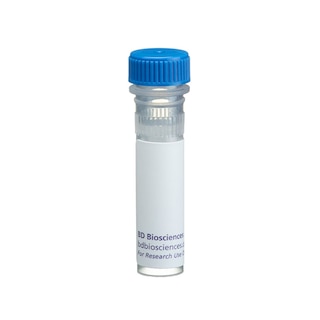-
Reagents
- Flow Cytometry Reagents
-
Western Blotting and Molecular Reagents
- Immunoassay Reagents
-
Single-Cell Multiomics Reagents
- BD® OMICS-Guard Sample Preservation Buffer
- BD® AbSeq Assay
- BD® OMICS-One Immune Profiler Protein Panel
- BD® Single-Cell Multiplexing Kit
- BD Rhapsody™ ATAC-Seq Assays
- BD Rhapsody™ Whole Transcriptome Analysis (WTA) Amplification Kit
- BD Rhapsody™ TCR/BCR Next Multiomic Assays
- BD Rhapsody™ Targeted mRNA Kits
- BD Rhapsody™ Accessory Kits
-
Functional Assays
-
Microscopy and Imaging Reagents
-
Cell Preparation and Separation Reagents
-
- BD® OMICS-Guard Sample Preservation Buffer
- BD® AbSeq Assay
- BD® OMICS-One Immune Profiler Protein Panel
- BD® Single-Cell Multiplexing Kit
- BD Rhapsody™ ATAC-Seq Assays
- BD Rhapsody™ Whole Transcriptome Analysis (WTA) Amplification Kit
- BD Rhapsody™ TCR/BCR Next Multiomic Assays
- BD Rhapsody™ Targeted mRNA Kits
- BD Rhapsody™ Accessory Kits
- United States (English)
-
Change country/language
Old Browser
This page has been recently translated and is available in French now.
Looks like you're visiting us from {countryName}.
Would you like to stay on the current country site or be switched to your country?




Western Blot analysis of Stat2 (pY690) in human histiocytic lymphoma. Lysates from control (left panel) and Interferon-α-activated (right panel) U937 cells (ATCC CRL-1593.2) was probed with Mouse anti-Stat2 (pY690) monoclonal antibody at concentrations of 0.5 µg/ml, (lanes 1, 4), 0.25 µg/ml, (lanes 2, 5) and 0.125 µg/ml (lanes 3, 6), respectively). Stat2 (pY690) is identified as a band of 113 kDa in the treated cells.


BD Pharmingen™ Purified Mouse Anti-Stat2 (pY690)

Regulatory Status Legend
Any use of products other than the permitted use without the express written authorization of Becton, Dickinson and Company is strictly prohibited.
Preparation And Storage
Product Notices
- Since applications vary, each investigator should titrate the reagent to obtain optimal results.
- Please refer to www.bdbiosciences.com/us/s/resources for technical protocols.
- Caution: Sodium azide yields highly toxic hydrazoic acid under acidic conditions. Dilute azide compounds in running water before discarding to avoid accumulation of potentially explosive deposits in plumbing.
Stat (Signal transducer and activators of transcription) proteins are critical mediators of the biologic activity of cytokines, including interleukins, interferons, erythropoietin, and growth factors. Ligand-receptor interaction leads to activation of constitutively associated JAK family kinases and subsequent recruitment/activation of Stat proteins by tyrosine phosphorylation. Active Stat proteins then move to the nucleus to promote transcription of cytokine-inducible genes. Seven Stat proteins have been cloned, each of which is differentially expressed and/or activated in a cytokine-specific and cell type-specific manner. Stat1 and Stat2 are components of the ISGF3 (Interferon-Stimulated Gene Factor 3) complex, which is the primary transcription activator induced by the binding of the interferon to a specific cell-surface receptor. Stat2 is a 113-kDa protein having approximately 40% homology with Stat1α. Stat2 interacts with Stat1 for the efficient activation of Stat1 in response to IFN-α, which is essential for normal transcriptional activity of the ISGF3 complex. Stat2 phosphorylation at the tyrosine 690 residue (Y690) after IFN-α activation can occur independently of Stat1, but the localization and nuclear stability of phosphorylated Stat2 is dependent on Stat1.
The 7a/Stat2 monoclonal antibody recognizes the phosphorylated Y690 of human Stat2.
Development References (2)
-
Bromberg J, Darnell JE. The role of STATs in transcriptional control and their impact on cellular function. Oncogene. 2000; 19(21):2468-2473. (Biology). View Reference
-
Heim MH. The Jak-STAT pathway: specific signal transduction from the cell membrane to the nucleus. Eur J Clin Invest. 1996; 26(1):1-12. (Biology). View Reference
Please refer to Support Documents for Quality Certificates
Global - Refer to manufacturer's instructions for use and related User Manuals and Technical data sheets before using this products as described
Comparisons, where applicable, are made against older BD Technology, manual methods or are general performance claims. Comparisons are not made against non-BD technologies, unless otherwise noted.
For Research Use Only. Not for use in diagnostic or therapeutic procedures.
